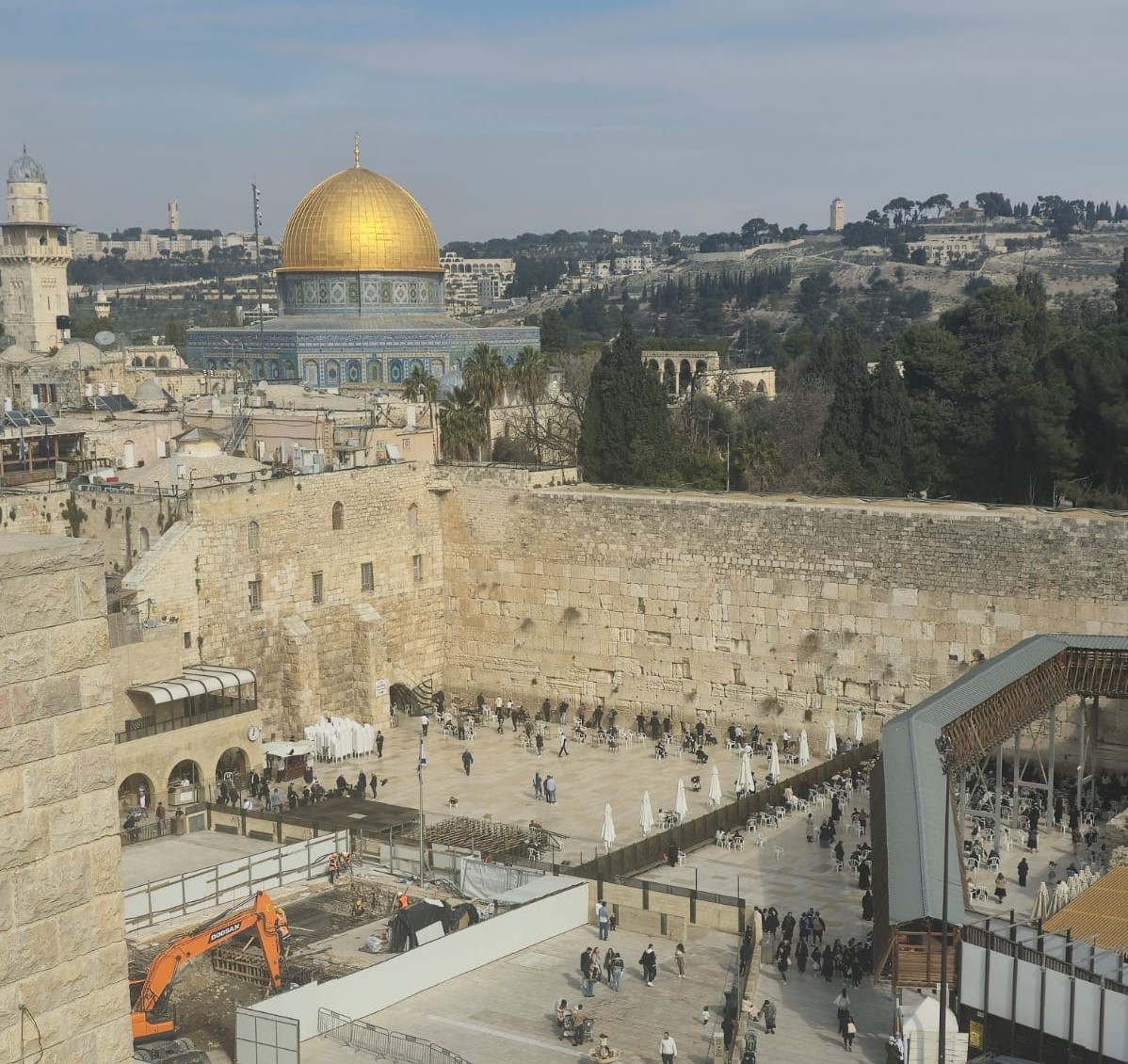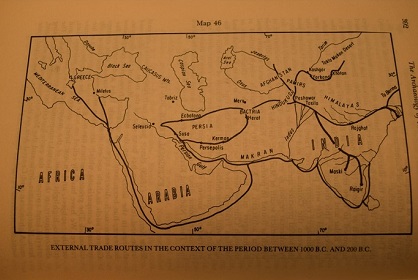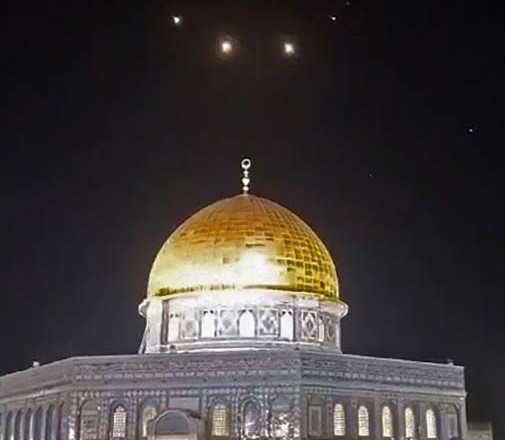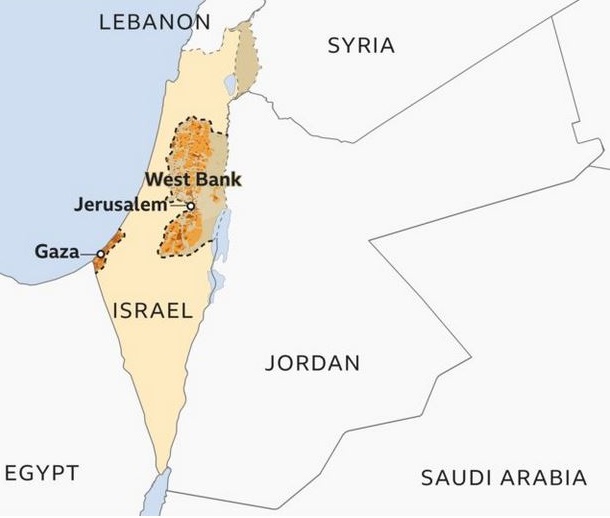Israel in its own image
A recent workshop on “Israel in Its Own Image: From 1948 to the Present” explored Israel’s history, society, and foreign policy through discussions led by Israeli and Indian experts. The week-long session held in India helped to sift the fundamentals from the narratives. It provided, a nuanced understanding of Israel’s challenges, political shifts, and diplomatic strategies in a rapidly evolving global landscape.










